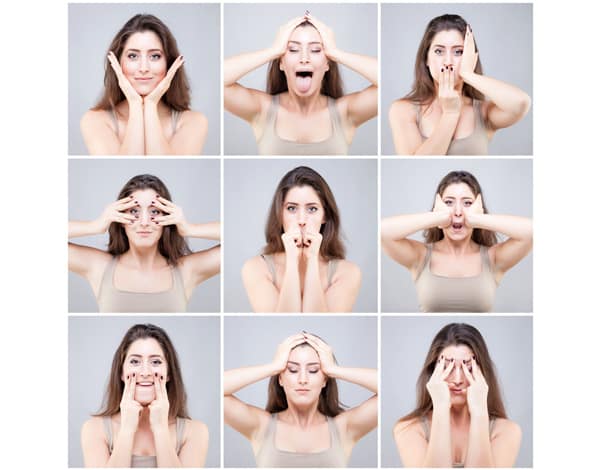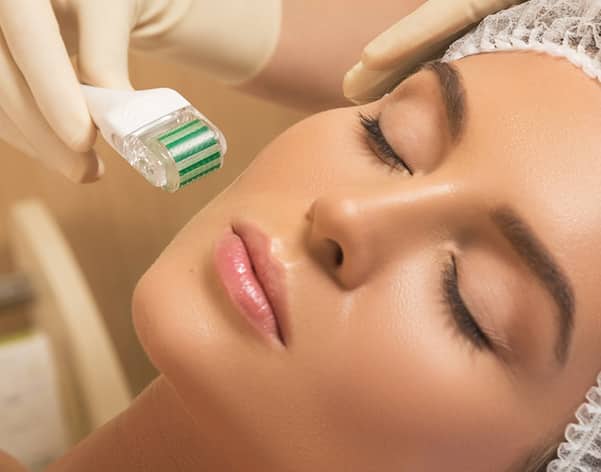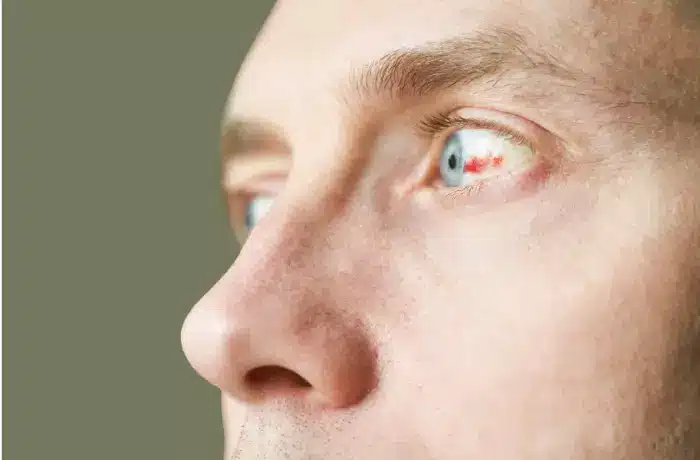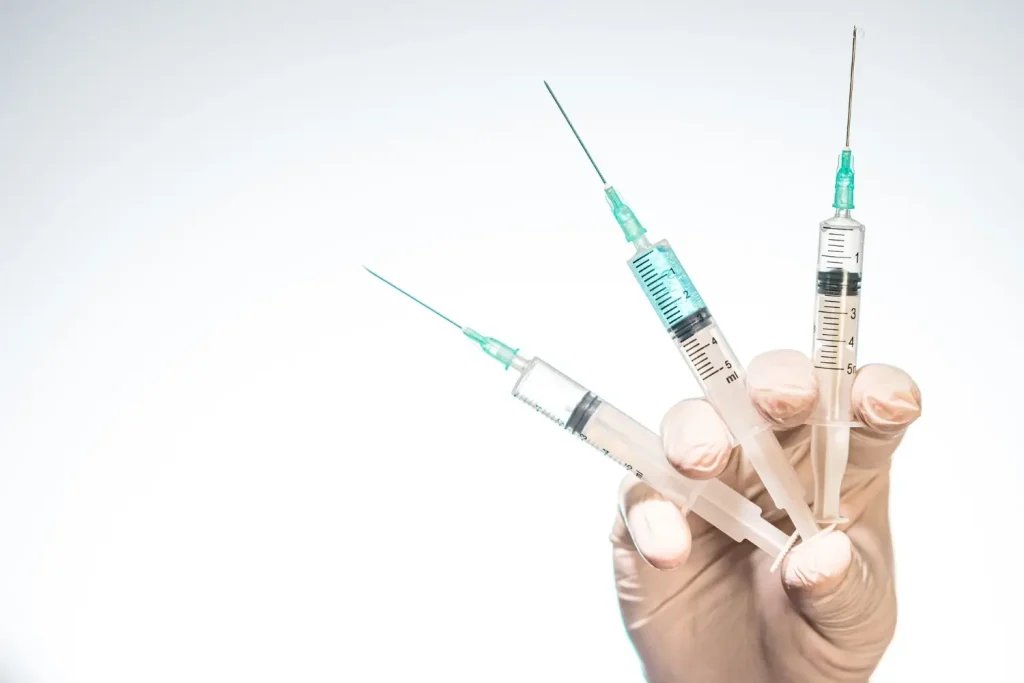In addition to regular Botox and Juvederm injections, many women swear by facial exercises to maintain their youth. As these anti-aging treatments gain popularity, some dermatologists have their doubts: do these exercises really work? According to a group of researchers at Northwestern University, Illinois, the answer is yes.
The Face Yoga Controversy
Face Yoga is a recent trend, one which started gaining widespread attention within the past couple years. As popularity grew, businesses formed to provide facial exercise training, vloggers flocked to social media to demonstrate the available techniques, and celebrities opened up about their own experience of exercise tailored to maintain their youthful looks. Upon first glance, the trend makes sense: exercise is good for any muscle in the rest of your body, so why not your face? Even so, many dermatologists remained skeptical of the claims. Wrinkles, much like smile lines, can form over time as patients make the same facial expressions repeatedly. The more they strain the muscles on their face, the deeper and more noticeable the wrinkles become. In cases such as these, properly placed botulinum toxin injections, including products such as Botox, are proven to help relax the underlying muscles. This has the effect of smoothing out the look of wrinkles. To many dermatologists, the act of long-term, repeated movement of facial muscles would only produce the result of deeper wrinkles.
The Ultimate Face Yoga Test
Despite the controversy, no scientific studies looked at the effects of face yoga, until now. In partnership with Gary Sikorski of Happy Face Yoga, Northwestern researchers put these facial exercises to the test. Their small study recruited 27 women between the ages of 40 and 65 to receive face yoga training and continue the exercises at home. After two sets of 90-minute training sessions from a facial exercise instructor, these women continued performing the exercises at home for 30 minutes daily. After eight weeks of this, the women switched to performing the exercises on alternate days, reaching a total of twenty weeks of facial exercise. In all, the women learned 32 exercises, each one lasting about one minute.
How to Perform Anti-aging Facial Yoga
Of the 32 different exercises in the study, the researchers described how to perform two in particular:
The Cheek Lifter
To perform this exercise, open your mouth and form an “O”. Position your upper lift over your teeth, smile to lift your cheek muscles, then place your fingers lightly on the top part of your cheek. Release your muscles to lower your fingers, then lift back up. Repeat lowering and lifting your cheeks multiple times.
The Happy Cheeks Sculpting
To perform this exercise, first smile without showing your teeth. Purse your lips together, smile to force your cheek muscles up, place your fingers on the corners of your mouth, and slide them up to the top of your cheeks. Hold this position for twenty seconds.
The Study Results
By the end of the study, only 16 of the original 27 participants had kept up with the exercises. This suggests, just like regular exercise, not everyone who starts has the persistence to complete their goals. To determine the success of the exercise program, the researchers asked the participants if they were happy with their results, and for a more objective opinion, two dermatologists observed photographs of the women. The photos were from the beginning of the study, week eight, and week twenty, and the doctors rated 19 different facial features as well as noting each participant’s apparent age.
The participants themselves were satisfied with their results, noting improvement in most of the facial areas targeted. Not only that, the dermatologists noticed a visible difference. The average apparent age at the beginning of the study was 50.8 years, but this dropped to 49.6 years after eight weeks and 48.1 years after twenty weeks of face exercises. The doctors also noted upper and lower cheek fullness increased by the end of the study, giving the participants’ overall face a more youthful look.
The results seem dramatic. After only a few months of exercise, the patients seemed to drop almost three years off their apparent age. This is all without the use of dermal fillers, Botox injections, or plastic surgery.
How Facial Exercise Works
As skin ages, elasticity decreases as collagen and elastin production within the skin slows. Not only that, but fat pads between muscle and skin start to thin, affecting face shape. With less fat volume supporting the skin, it becomes saggy, giving the face a droopy, aged look.
The researchers believe these facial exercises work by targeting the muscle. With exercise, these muscles become bigger, making up for the lost facial fat. The bigger muscles are better able to fill out the face, restoring lost volume and lifting and tightening the skin.
So Face Yoga Really Does Work, Right?
Not so fast. Although the study did seem to find facial exercises dropped three weeks off apparent age, there were some limitations. The study was quite small, especially after many of the participants stopped exercising. The researchers acknowledge future studies would have to confirm the results with more participants and a wider range of ages and demographics.
In addition to the study limitations, dermatologists do have concerns that were not addressed. Since repeated muscle movement can cause wrinkles, the exercises may only be improving facial age temporarily. Although the increase in volume can help, eventually the exercises may lead to the formation of new wrinkles. There is no way of knowing without a longer-term study to confirm results.
It may come down to being careful about particular exercises. Certain exercises can help strengthen muscles responsible for lifting skin. However, following the wrong advice can lead to exercises that have a negative effect on skin, such as frowning or clenching teeth. It would be best to find trusted sources for exercise information.
Still others swear by the opposite to facial exercise: facial rest. Some dermatologists, and their patients, recommend keeping a resting face with a neutral expression throughout the day. Furrowing your brow can create and enhance forehead wrinkles, but resisting the urge to furrow may help keep skin looking smoother, longer. Some people pride themselves on their ability to keep a neutral expression and wrinkle-free skin.
Will Facial Exercises Replace Cosmetic Surgery?
There is no evidence so far facial exercise can replace dermal filler injections, Botox injections, and facelifts. Some may choose to combine exercise with injections, filling and relaxing areas with an injection that the exercise has not been able to improve, and enhancing the results of the exercise. Also, many of the participants originally eager to try the exercise did not stick with the program. For these women, a quick injection at their local medical spa might be a more attractive alternative than the daily exercise routine. Either way, it seems like cosmetic surgery is here to stay.
As an alternative to, or a supplement to, facial exercise, clients will still choose dermal filler injections such as Juvederm Volift Retouch. To order this and other genuine dermal fillers like Radiesse, visit MedicalSpaRX.com.




















